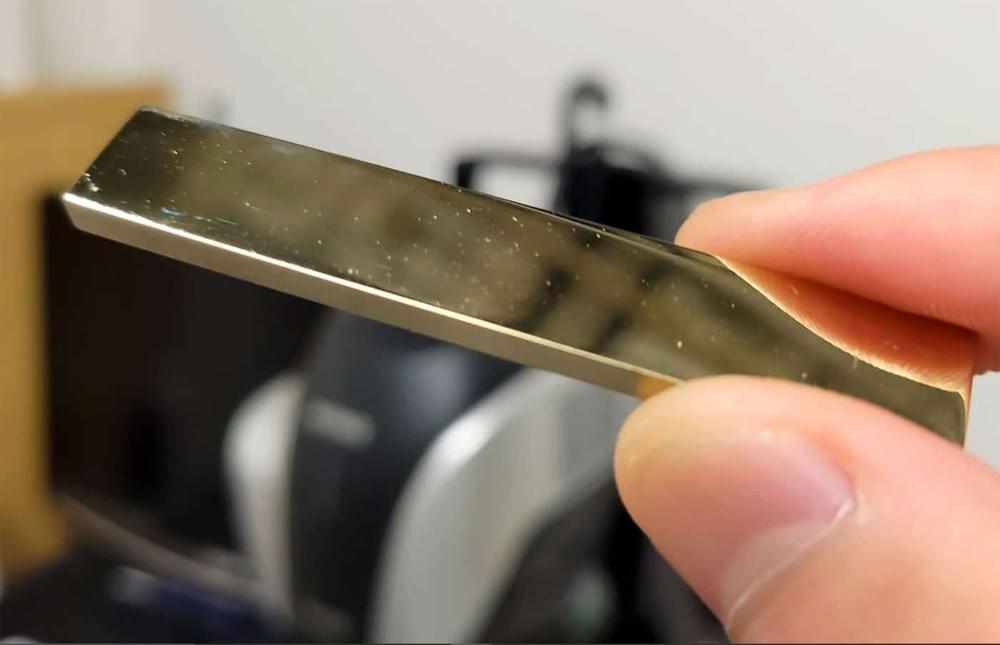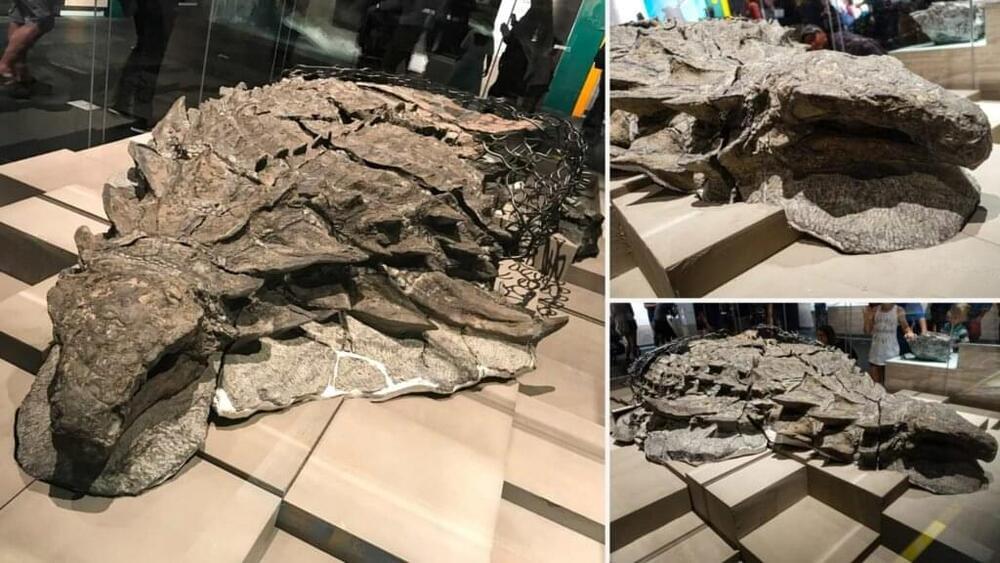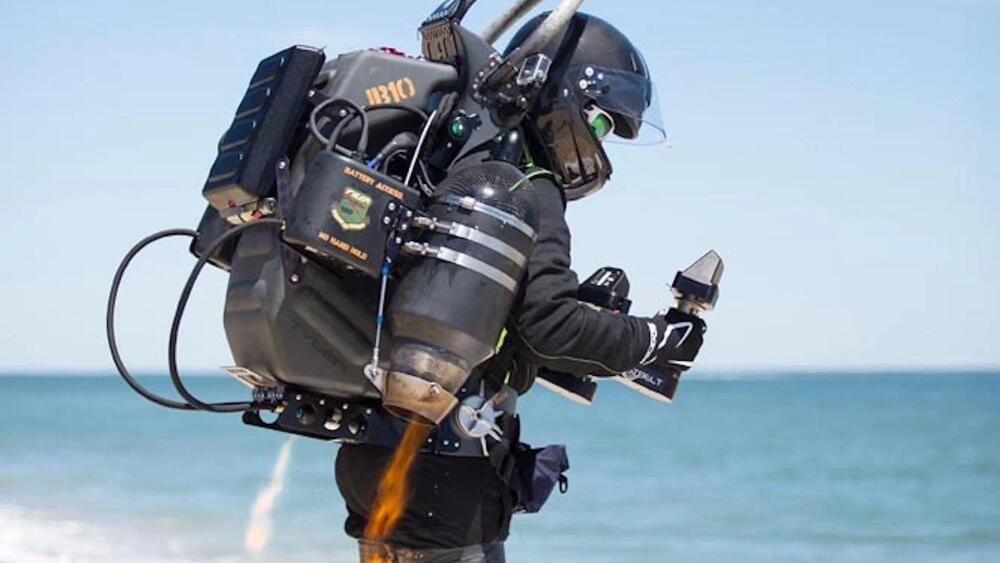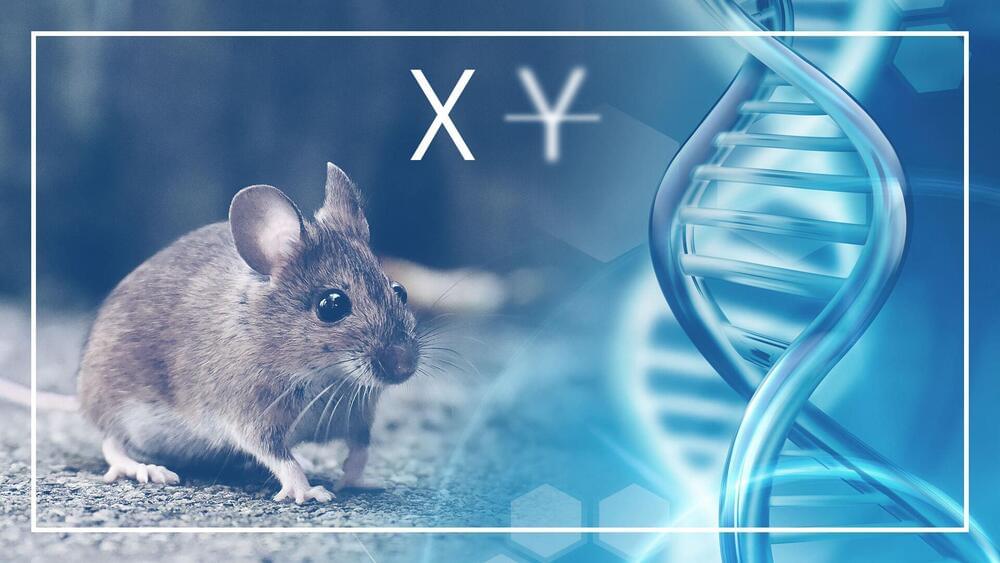😗
Fieldwork is under way to excavate a rare, well-preserved specimen in central China.





The future we’ve been waiting for is a little closer.
Recent information from the Defense Advanced Research Projects Agency (DARPA) has revealed that the Pentagon has indeed continued to pursue military-equipped jetpacks.
And now, they seem closer than ever to achieving their goal as they have already awarded contracts to companies to build test prototypes.

Controlling light “has been a recurring research theme since antiquity.”
An international group of researchers, led by a team at MIT, spent more than four years developing technologies for high-speed optical beam forming.
The researchers also developed a pioneering fabrication process that will ensure the quality of the device if and when it is manufactured at scale.
Sampson Wilcox.
They have now presented the fruits of their labor: a programmable, wireless device that can control light. The new system can manipulate the intensity of light and focus it in specific directions, and “do it orders of magnitude more quickly than commercial devices,” an MIT press statement reveals.

The Y chromosome carries a gene called SRY, which turns on male genes on other chromosomes.
The Amami spiny rat, one of the species that lack a Y chromosome and the Sry.
As per the press release, under normal conditions, the Sry gene on the Y chromosome triggers the formation of the testes. However, the Sry gene, along with the Y chromosome, has vanished in a small number of rodent species.
1, 2
By upregulating Sox9 in the absence of Sry, the researchers found that the sequence duplication in Amami spiny rats was a novel regulatory factor.

Quick update/ reminder for Neuralink Event.
Twitter: https://twitter.com/ryantanaka3
Neura Pod is a series covering topics related to Neuralink, Inc. Topics such as brain-machine interfaces, brain injuries, and artificial intelligence will be explored. Host Ryan Tanaka synthesizes informationopinions, and conducts interviews to easily learn about Neuralink and its future.
Support: https://www.patreon.com/neurapod/
Please consider supporting by joining the channel above, or sharing my other company website with retirees: https://www.reterns.com/. Opinions are my own. Neura Pod receives no compensation from Neuralink and has no affiliation to the company.
#Neuralink #ElonMusk #Tesla
The two stage vector interpretation of quantum theory apart from attempting to resolve the paradoxes of traditional quantum theory provides a physical basis for teleology and understanding how there is a small probability that future events affect present ones.